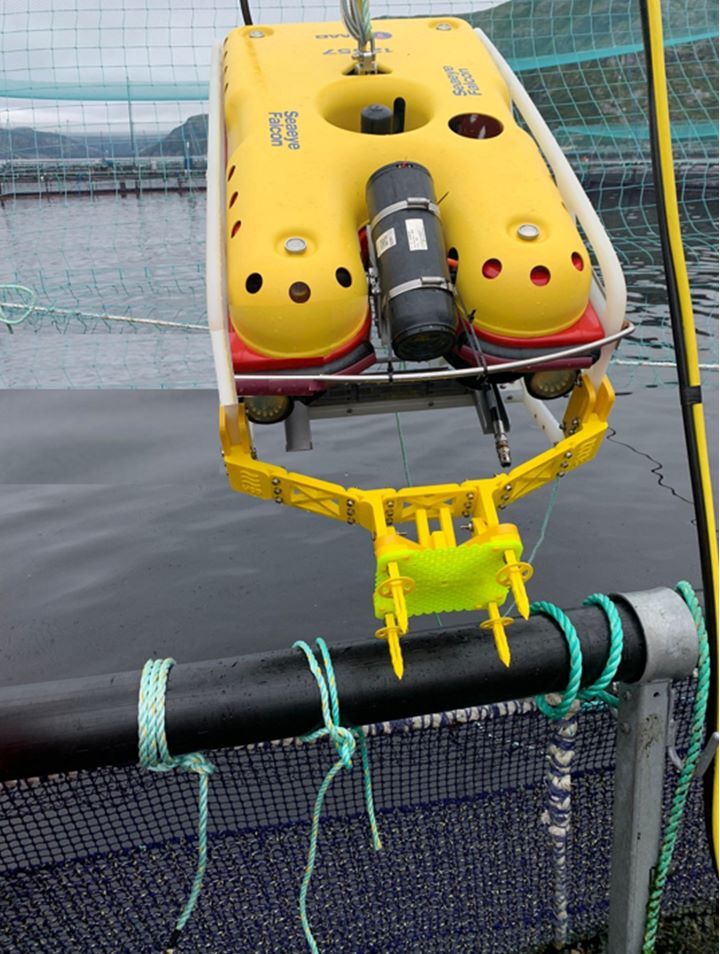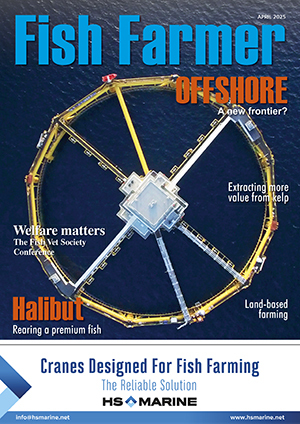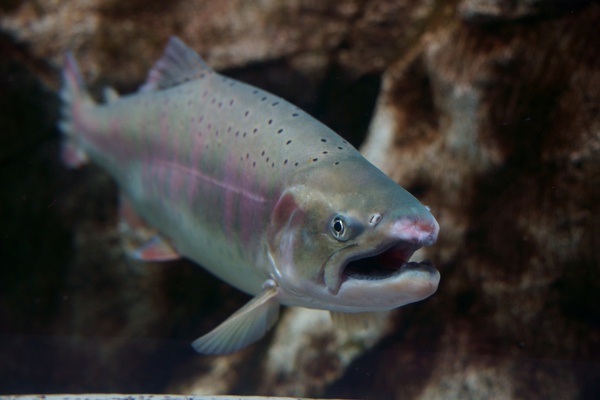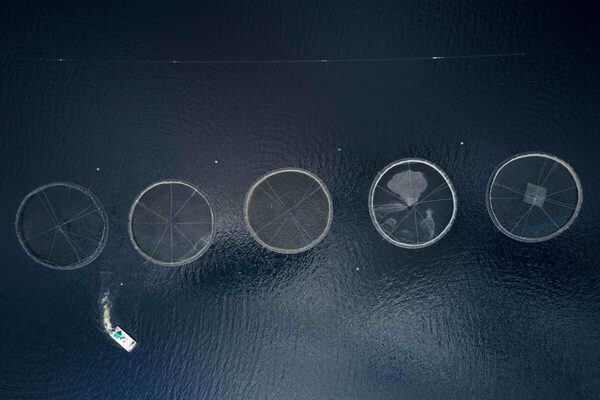Technology: 2024 in review
Innovations and corporate consolidation were among the talking points in 2024 for the sector.
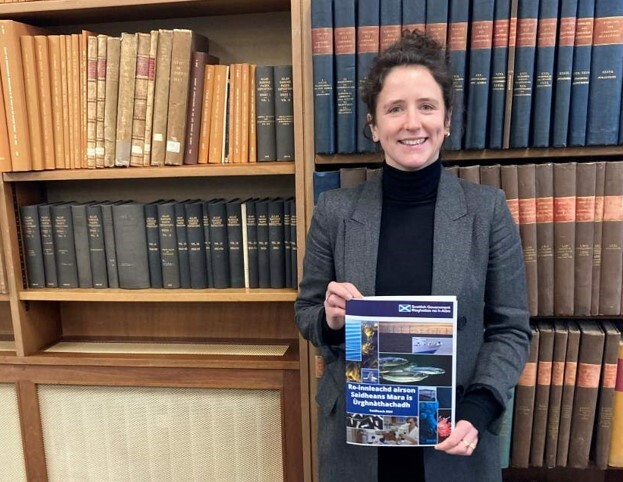
In January, we reported on FishExtend, a spray-based solution aimed at keeping chilled fish fillets fresher for longer. Based on an edible film made out of natural ingredients, the process was developed by a team at the Catholic University of Chile.
In February, the Scottish Government set out its blueprint for the future of marine science. The Marine Science and Innovation Strategy, launched by Cabinet Secretary Mairi Gougeon, at the Marine Laboratory in Aberdeen, committed to using the best available science, evidence and data for making informed policy decisions, using technology such as artificial intelligence, environmental DNA analysis and drones.
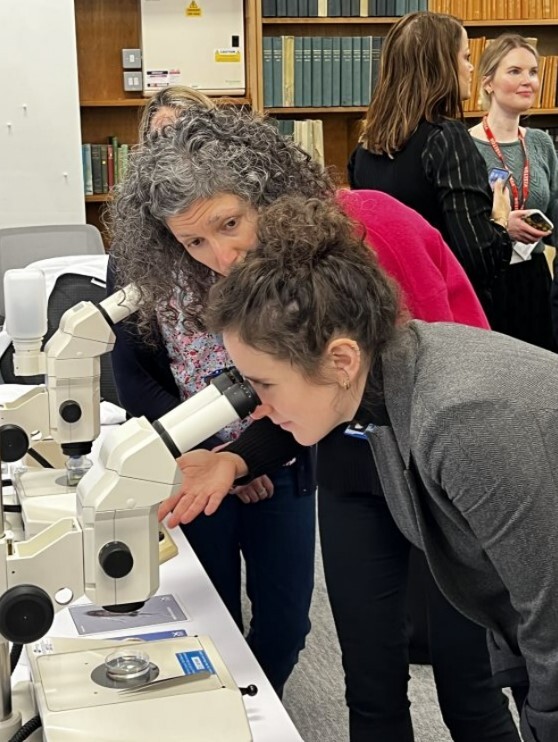
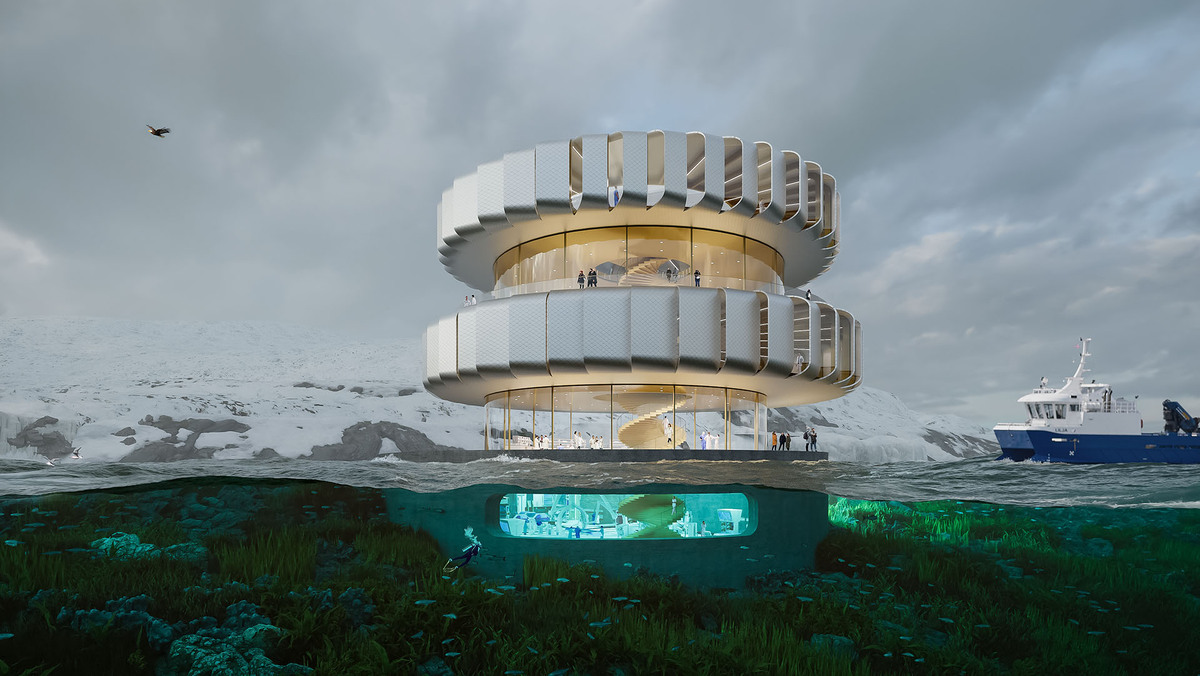
In March, we reported that Norwegian salmon giant SalMar had launched its “Salmon Living Lab”, a research centre intended to foster collaboration within the industry and address common challenges. Global feed group Cargill was the first partner to sign up. By July, more than 100 stakeholders had committed to supporting the Living Lab.
In April, Aberdeen-based subsea services business Underwater Contracting (UCO) added five more Saab Seaeye remotely operated Falcon vehicles (ROVs) to its fleet, bringing it to a total of 38 Falcons. UCO’s Falcon fleet was already the largest number operated by a single company.
UK-based marine consultancy Ocean Ecology became part of DNV’s portfolio of companies in May. DNV, an assurance and risk management provider, had already taken a controlling stake in Åkerblå, Ocean Ecology’s previous majority shareholder.
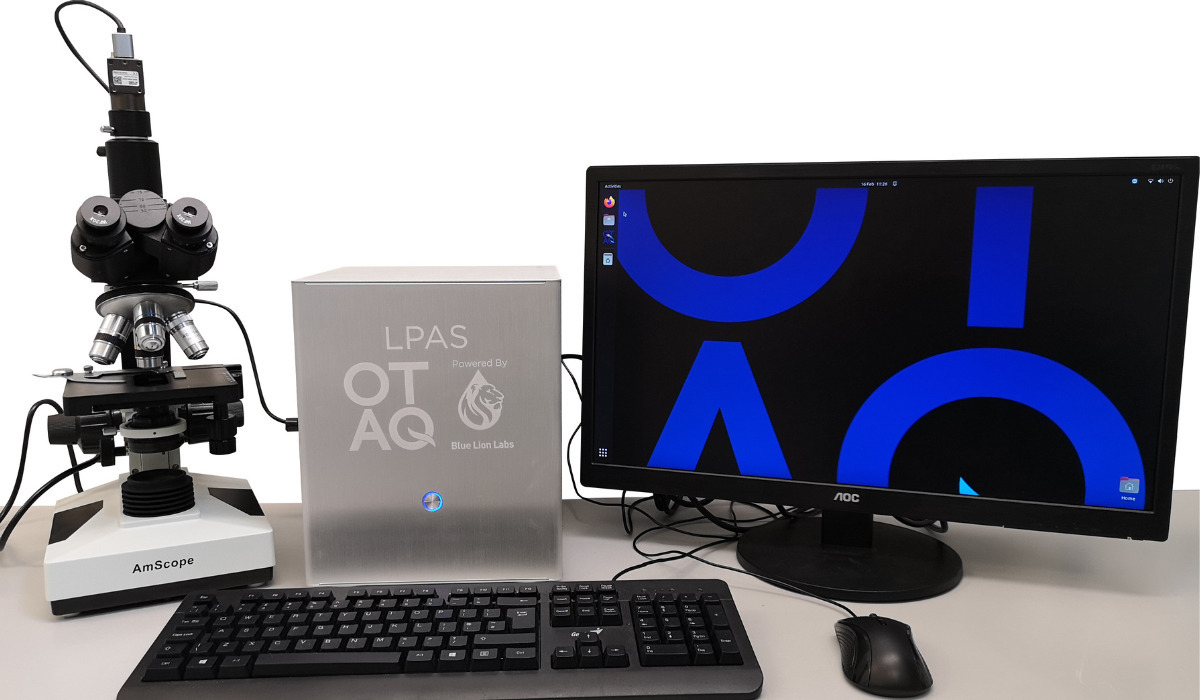
In June, ocean technology business OTAQ announced it was planning to raise up to £2m in loan capital. It estimated that its results for 2023 would prove to be better than anticipated, with increased revenue and a reduction in financial losses.
The Scottish Government’s effective moratorium on the use of acoustic deterrent devices (ADDs) to protect fish farms against seals was a blow for OTAQ’s SealFence offering. The company has, however, been developing a number of new products, including its LPAS (Live Plankton Analysis System) aimed at helping to predict the growth of harmful algal blooms.
In November, the OTAQ board warned that revenues for 2024 are likely to be below the current market forecast. Orders are taking longer to convert than was foreseen, the company said. OTAQ has stressed that the pipeline of new orders remains strong and should see revenue coming in through next year.
The OTAQ board took action over the autumn to restructure the business and two directors, Harald Rotsch and Sarah Stoten, stepped down from the board as part of this drive.
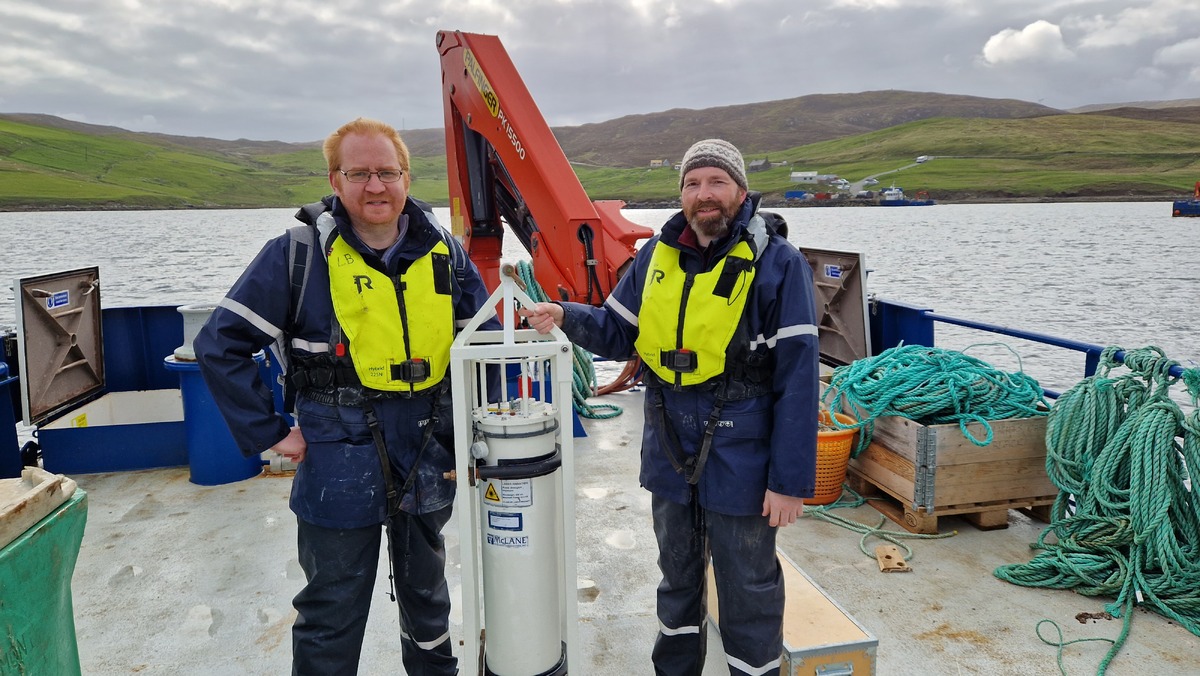
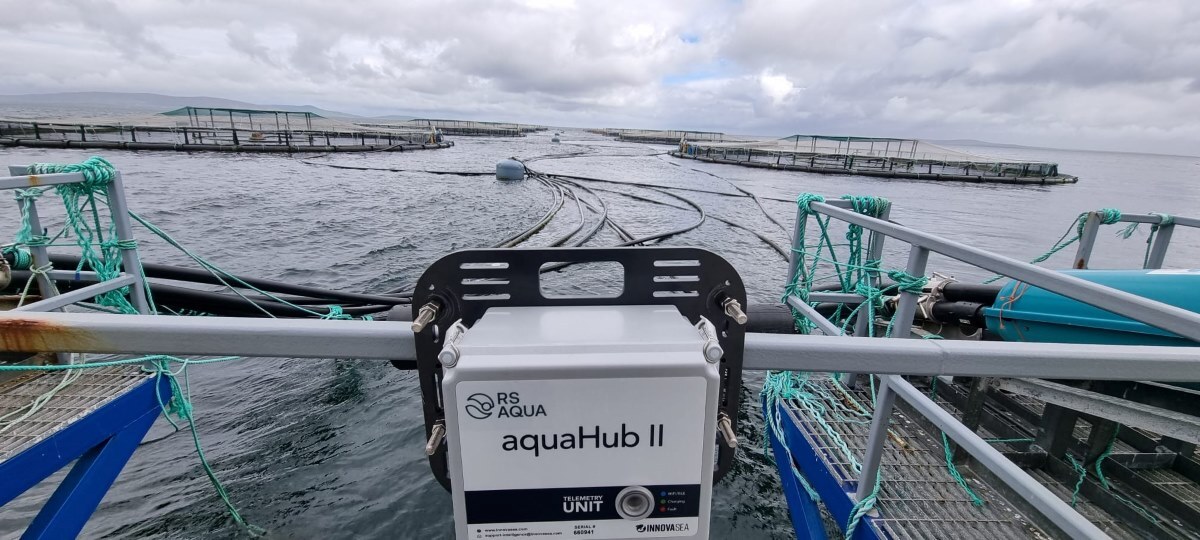
Also on the algal bloom front, the Imaging Flow Cytobot (IFCB) in August marked its first year in operation. The IFCB uses a combination of lasers and underwater cameras to gather data on phytoplankton. It has been developed by researchers at the University of the Highlands and Islands (UHI) Shetland and the Scottish Association for Marine Science, with help from Scottish Sea Farms. So far the cytobot has viewed more than 38 million images which, it is hoped, will help predict harmful blooms.
August also saw aquaculture tech group AKVA take full control of the artificial intelligence-based Observe Technologies. AKVA Chief Executive Knut Nesse said: “The acquisition of 100% shares in Observe is of great strategic importance to AKVA.”
And in November, UK marine technology specialist RS Aqua was acquired by General Oceans, an underwater technology group with operations in Norway, the UK and the United States. In a joint statement the companies said the deal “will strengthen the positions of both companies”.
RS Aqua has more than 40 years’ experience of supplying ocean technology sensors and systems across a variety of sectors. The company, the UK’s largest provider of ocean sciences technology, is based in Portsmouth, on the south coast of England.
2nd Spread: Opposite from top: RS Aqua’s AquaHub II; SAMS PhD student Gary Groves (left) and Gregg Arthur of UHI Shetland with the cytobot
This page from top: OTAQ equipment; Seaeye Falcon deployed at fish farm
